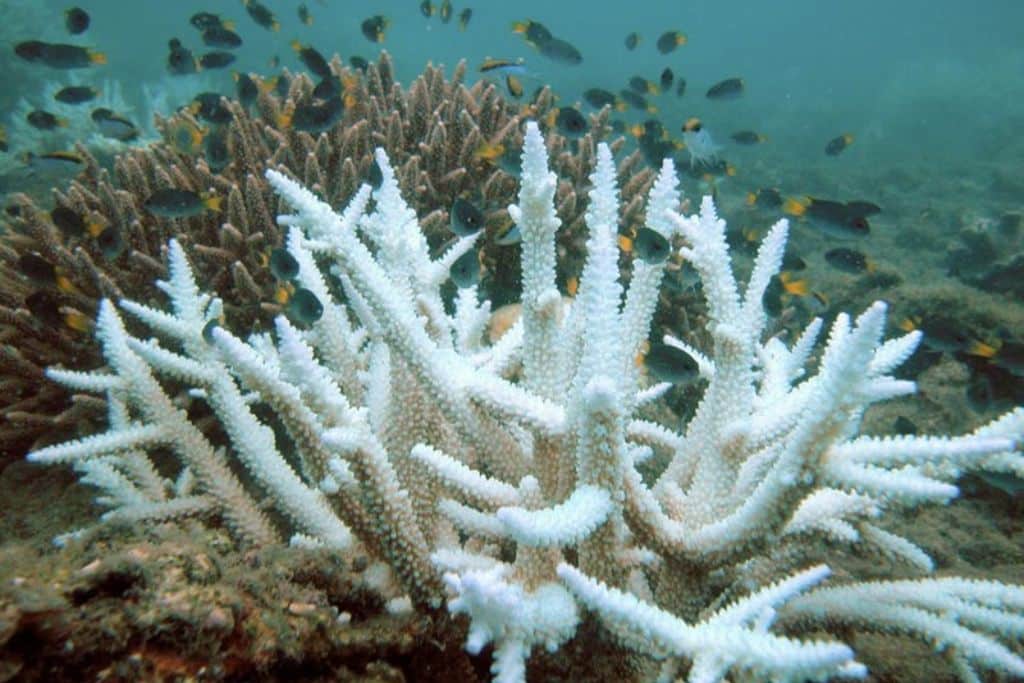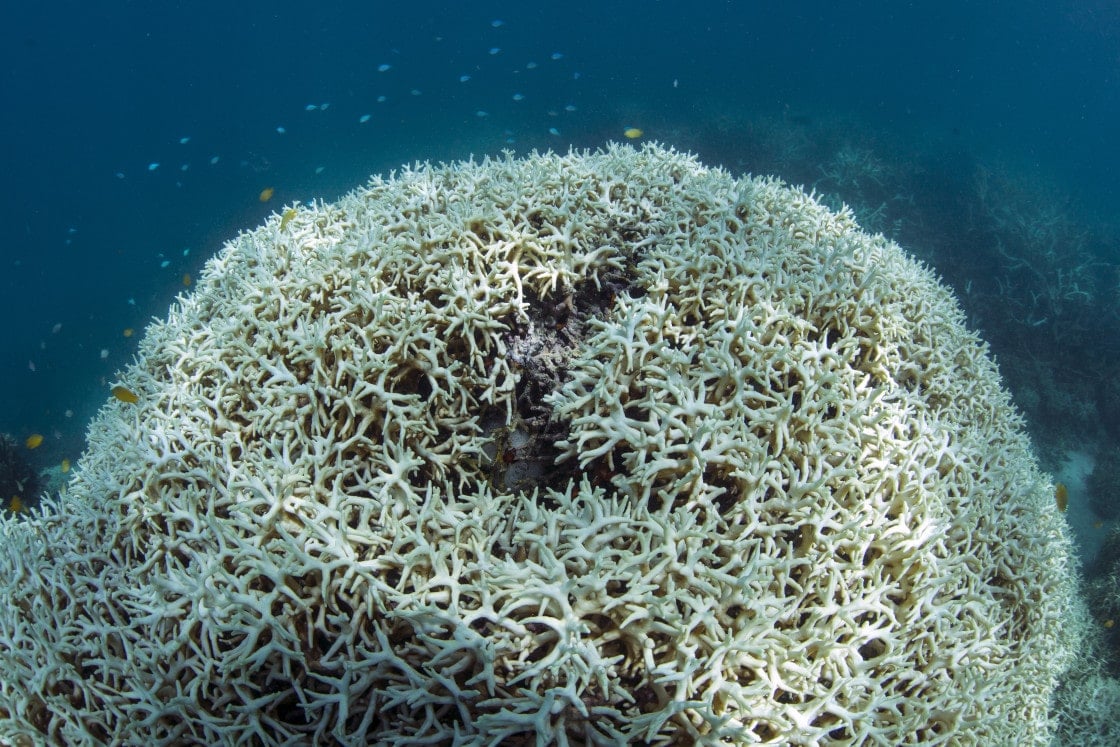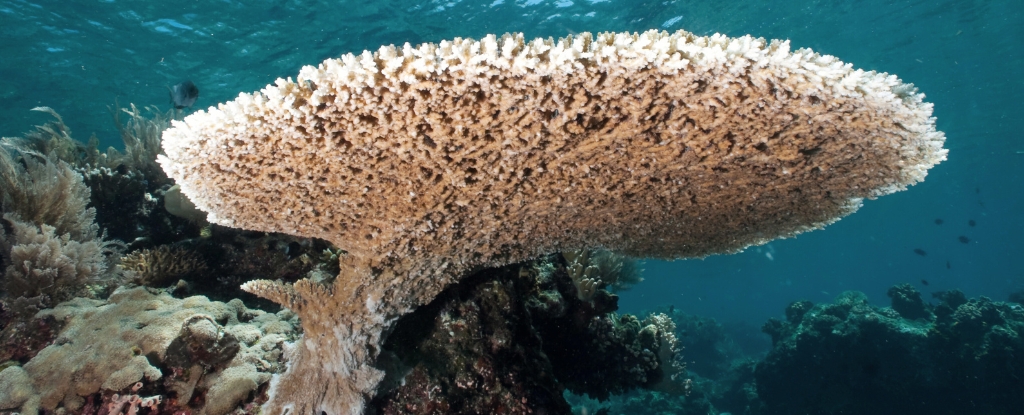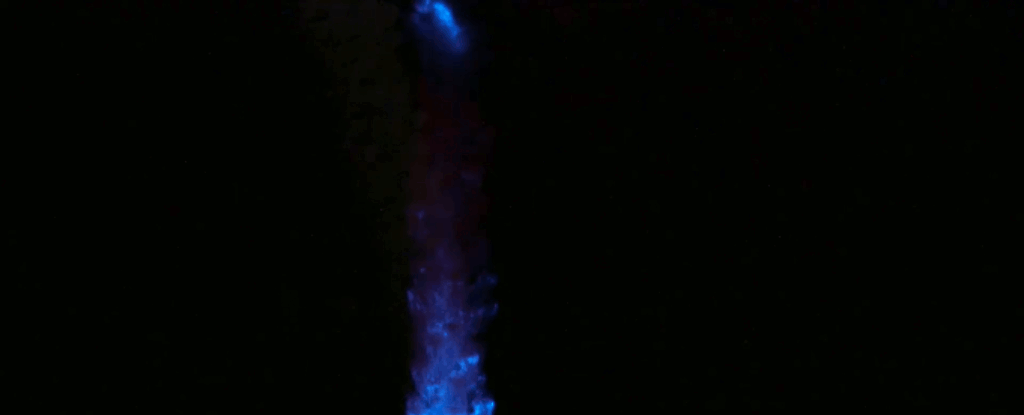
The latest Global Tipping Points Report suggests the world's coral reefs are at risk of mass dieback. More than 80 per cent of coral reefs worldwide have bleached in a marine heatwave in the past two years.

From 1 January 2023 to 20 April 2025, bleaching-level heat stress has impacted 83.7% of the world’s coral reef area.

Parts of the Great Barrier Reef have suffered the highest coral mortality on record, Australian research showed Tuesday, with scientists fearing the rest of it has suffered a similar fate.

The IUCN Red List of Threatened Species is warning that over 44% of reef-building coral species globally are at risk of extinction.

Surprising new evidence of variable heat tolerance in corals was discovered recently. As the world's oceans warm, these differences are important.

Scientists have traced bioluminescence to its earliest known evolutionary origins: a class of corals called Octocorallia in the depths of the ocean in the Cambrian, some 540 million years ago.

Since the mid-1990s, coral in the Great Barrier Reef has declined by more than 50%. The research spanned the entire 2,300 km of the Great Barrier Reef and found a disturbing loss at pretty much every level.

The Pacific nation of Palau has become the first country to ban sun cream that is harmful to corals and sea life. From now sun cream that includes common ingredients, including oxybenzone, is not allowed to be worn or sold in the country.

The bill that is scheduled to take effect on Jan. 1, 2021, will specifically prohibits the sale and distribution of sunscreens that contain oxybenzone and octinoxate.

Australia’s government has pledged hundreds of millions of dollars toward protecting the Great Barrier Reef, in what’s being called the largest single investment in the embattled ecosystem ever.

In a notably blunt study in the journal Nature scientists report that in 2016 alone, about 30 percent of the Great Barrier Reef’s corals were lost, with the most severe damage in the isolated northern sector.

The Great Barrier Reef is one of the most celebrated ecosystems on Earth - and it's dying. Months of extreme heat have turned thousands of miles of pristine habitat into an endless watery graveyard. This year's coral bleaching event comes as a warning. If we don't bring carbon emissions down fast, the Great Barrier Reef will not survive the century.